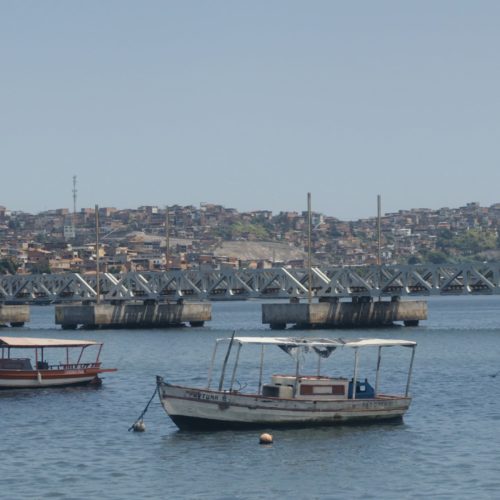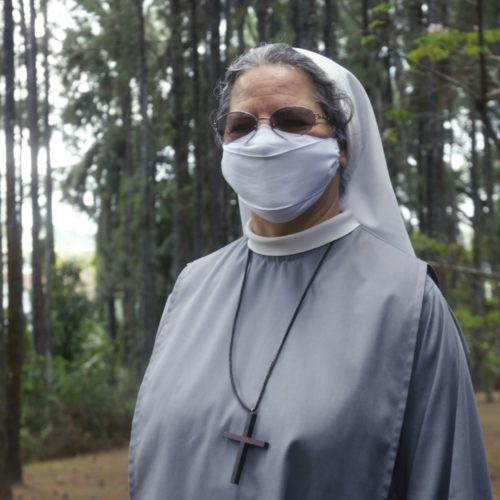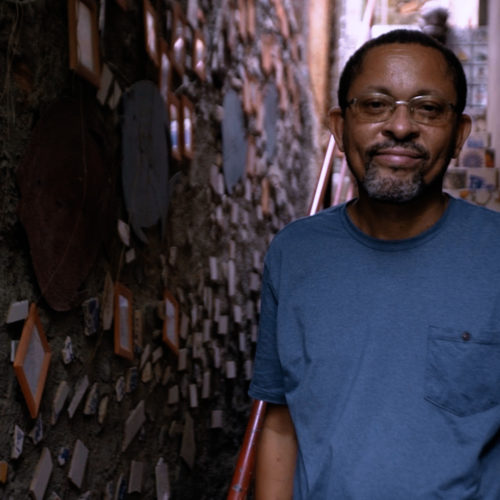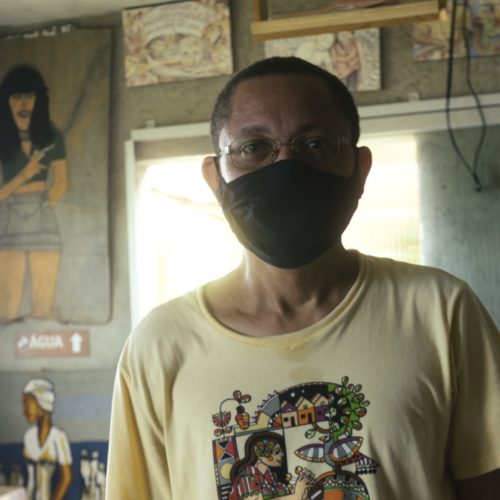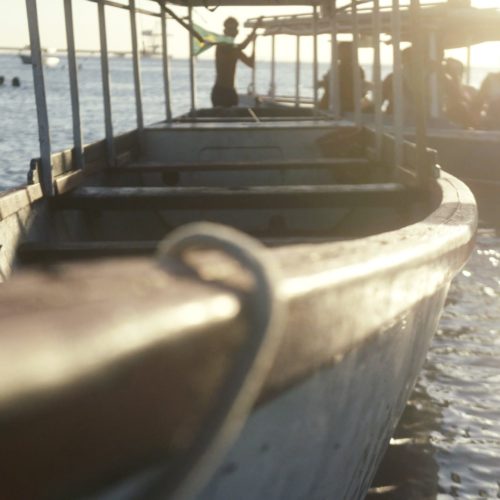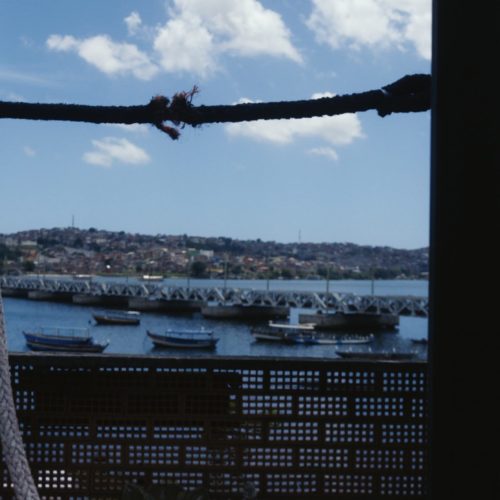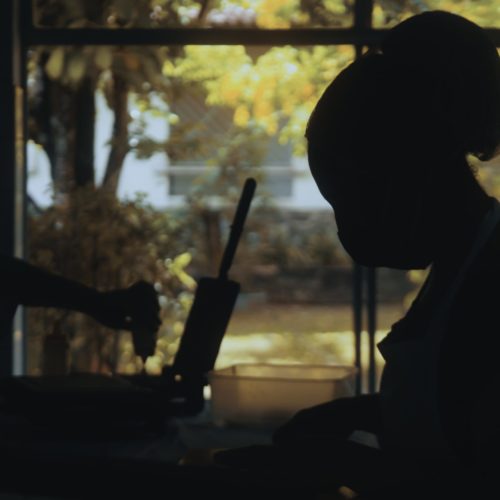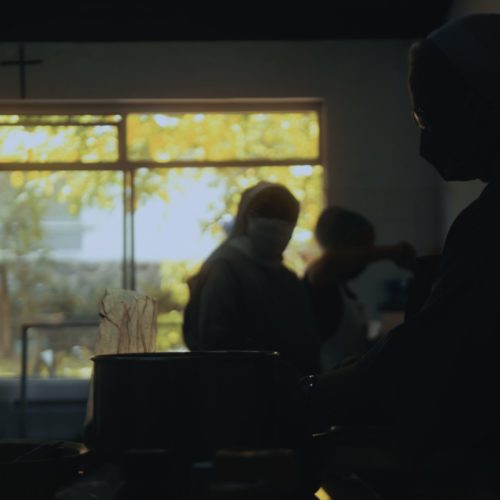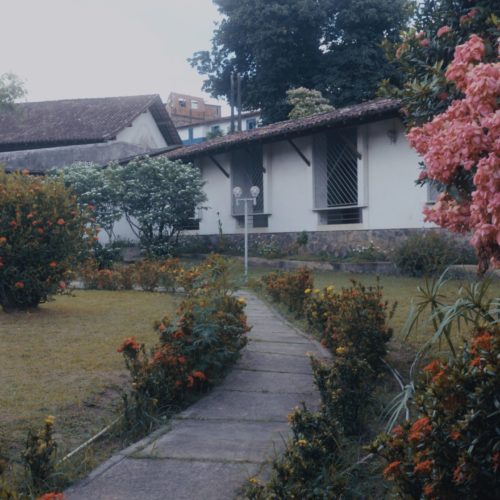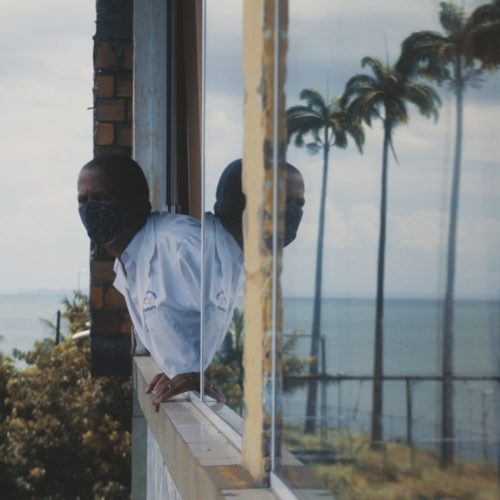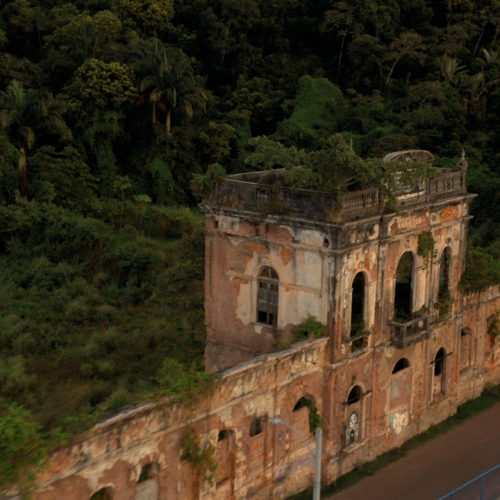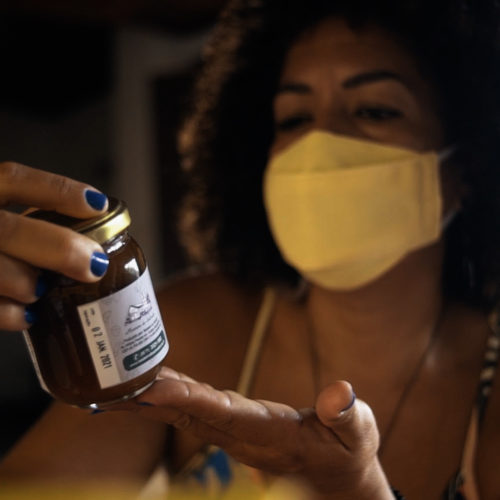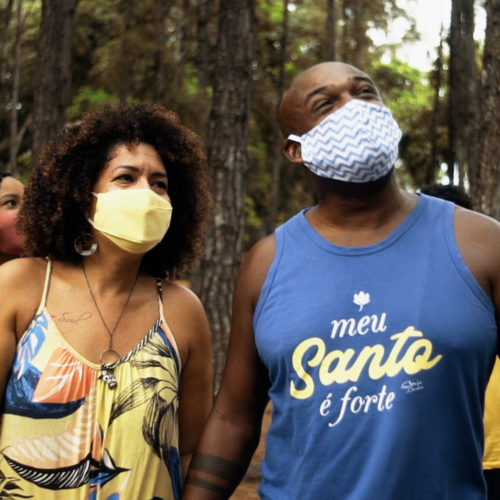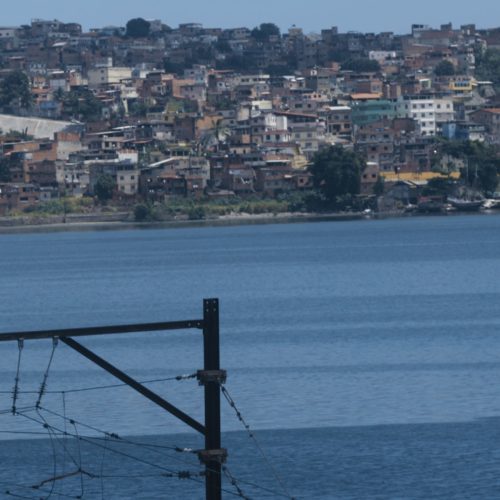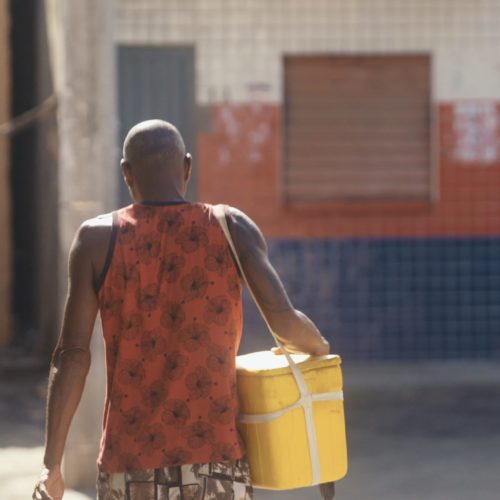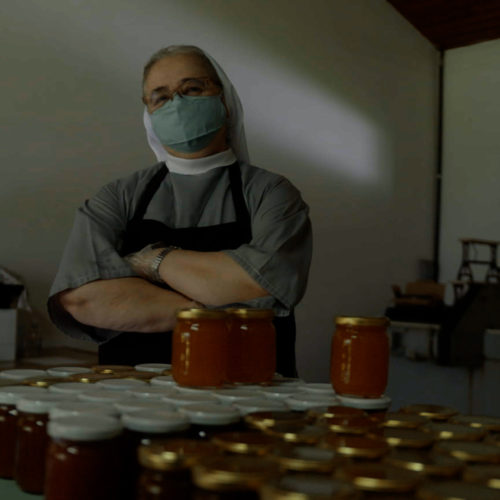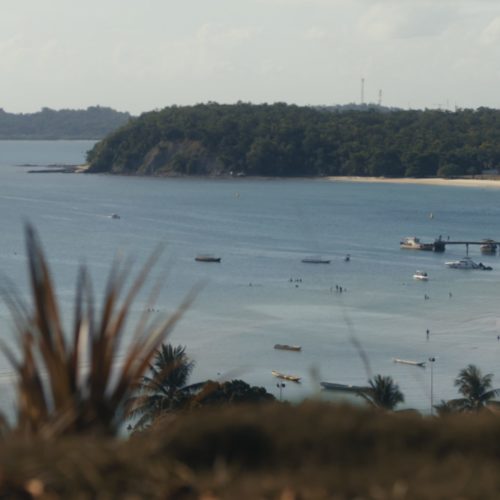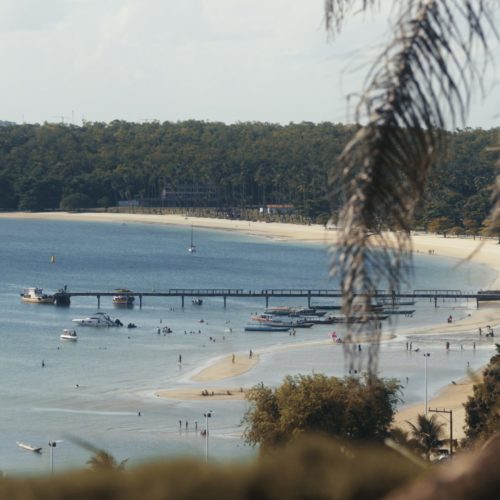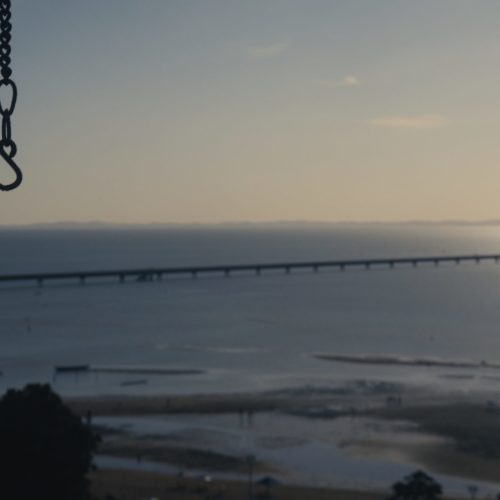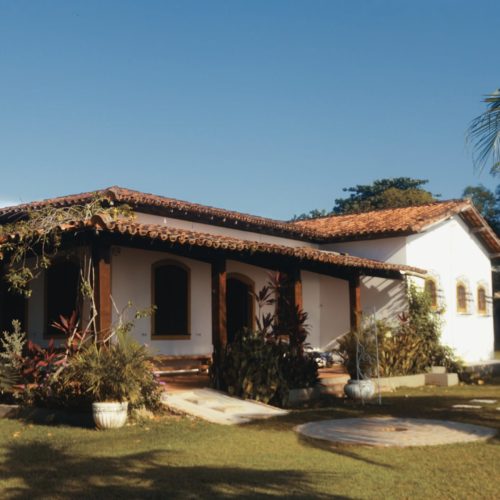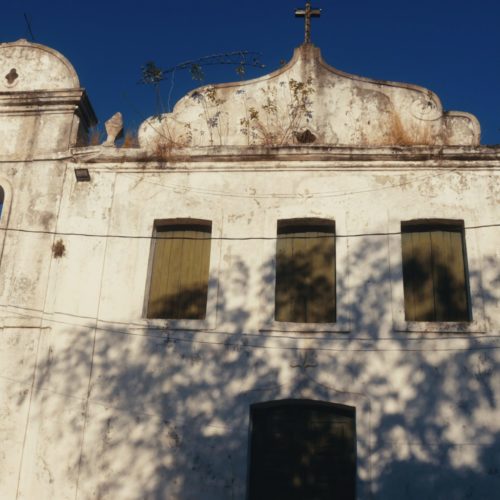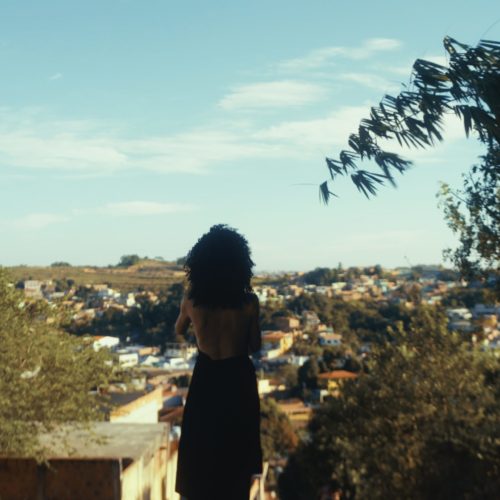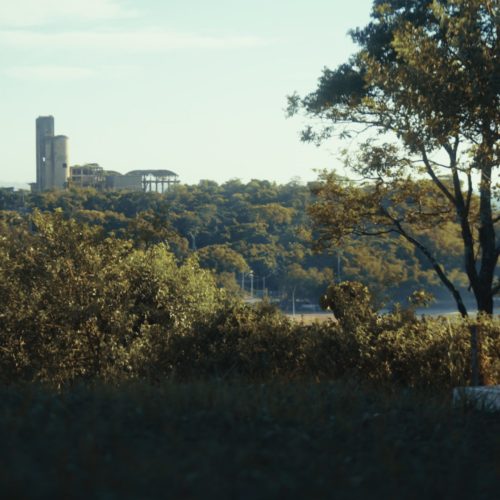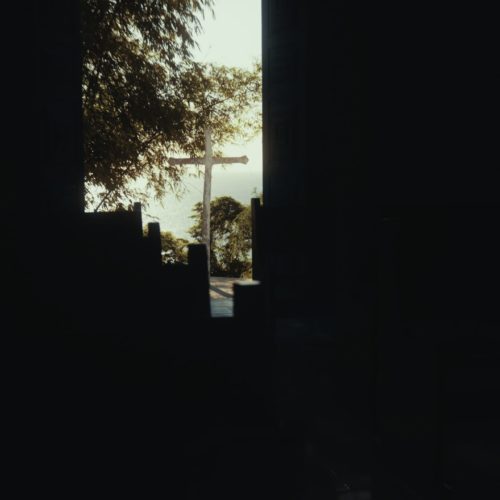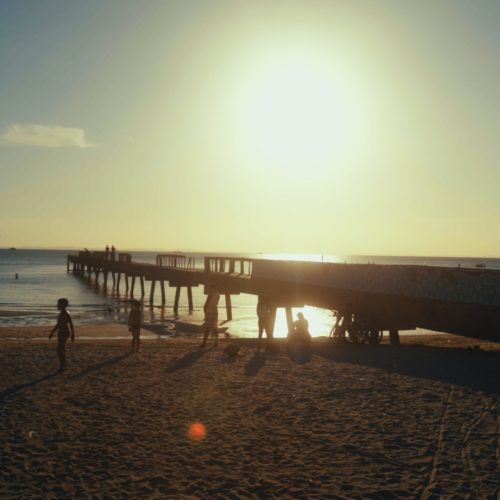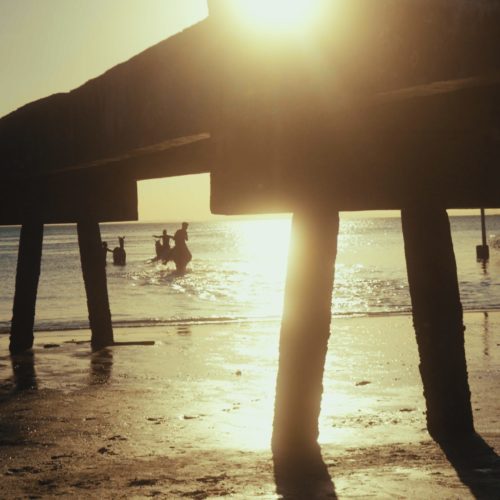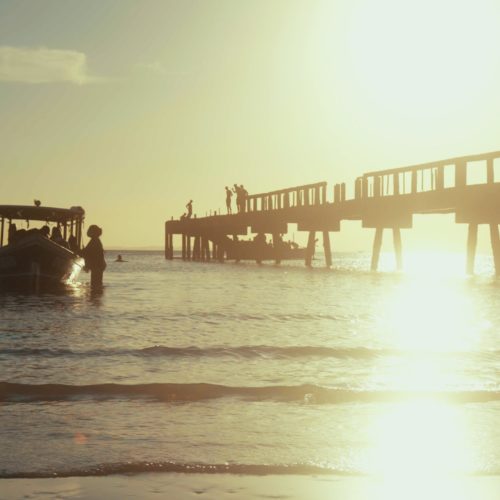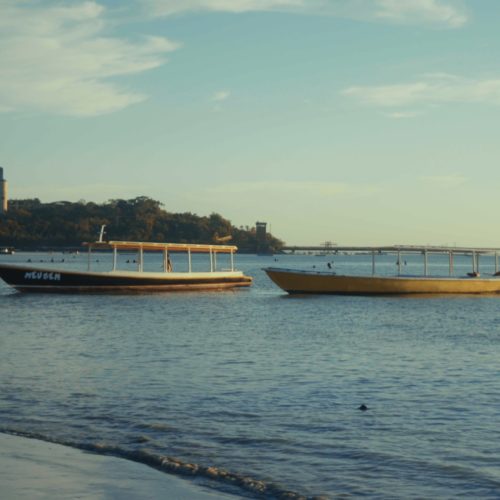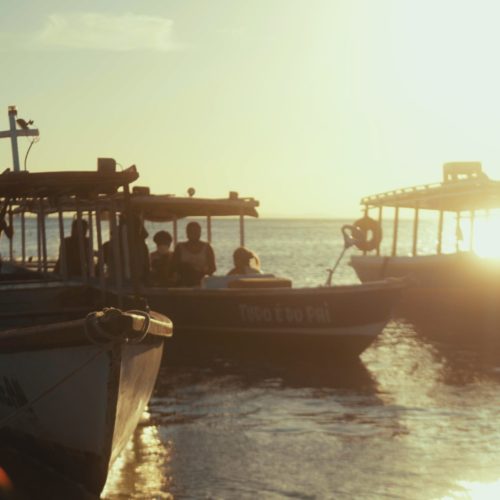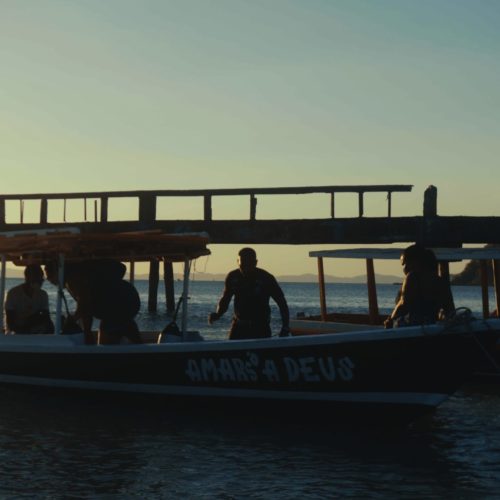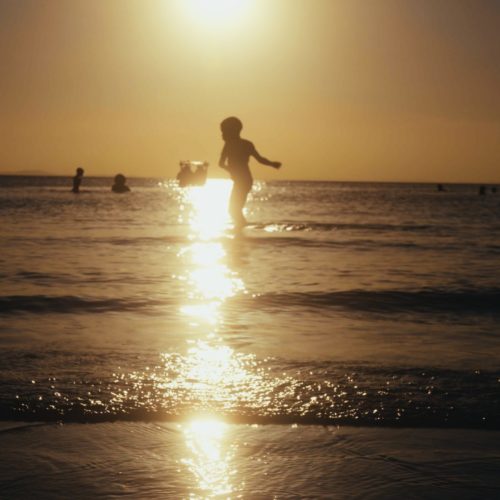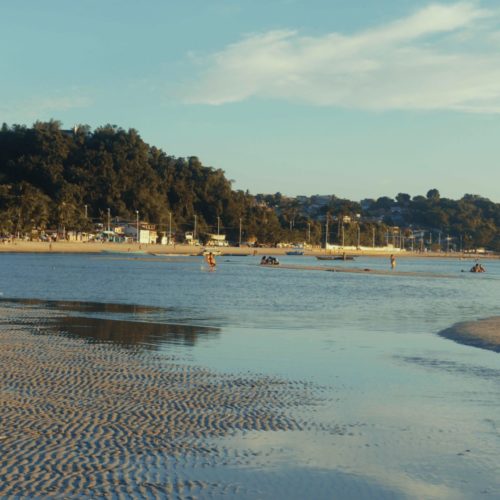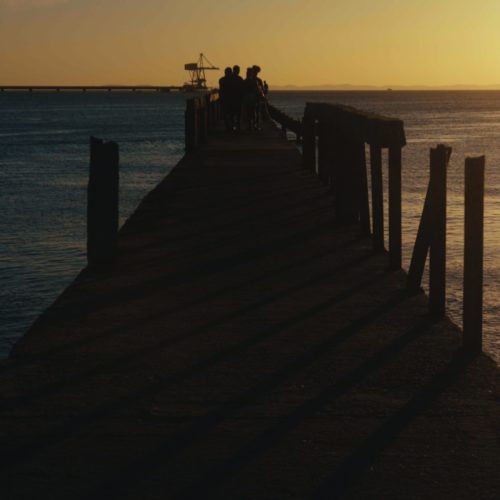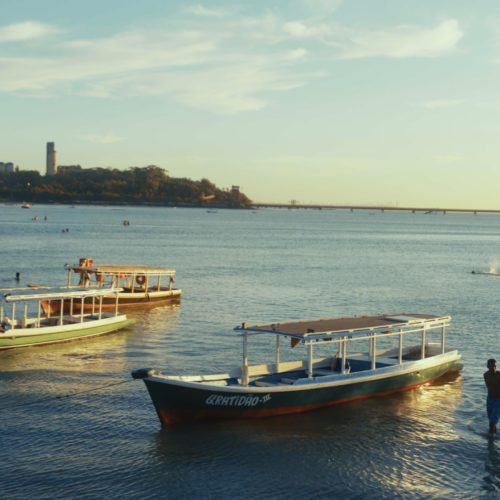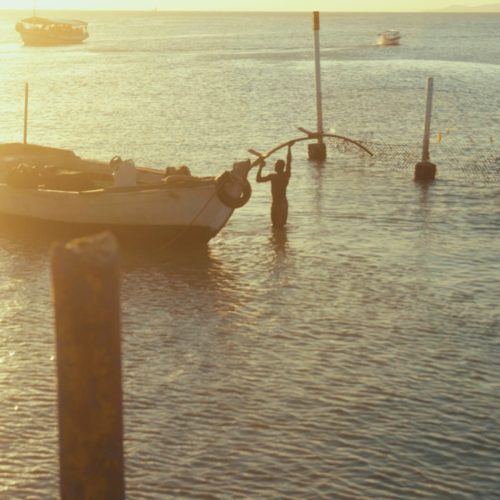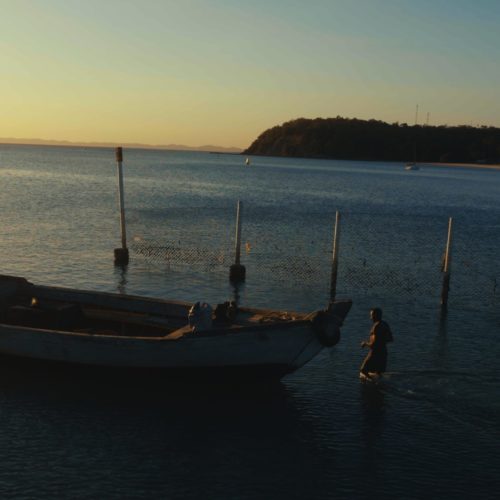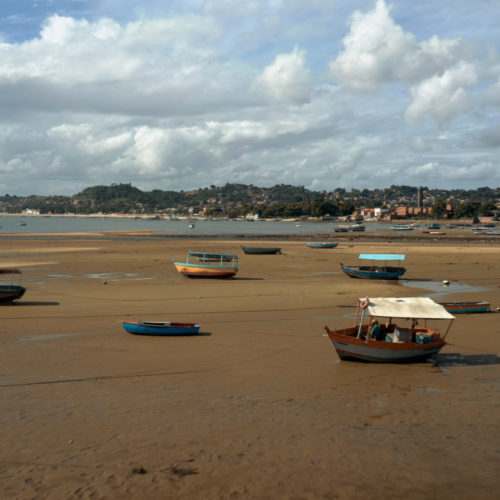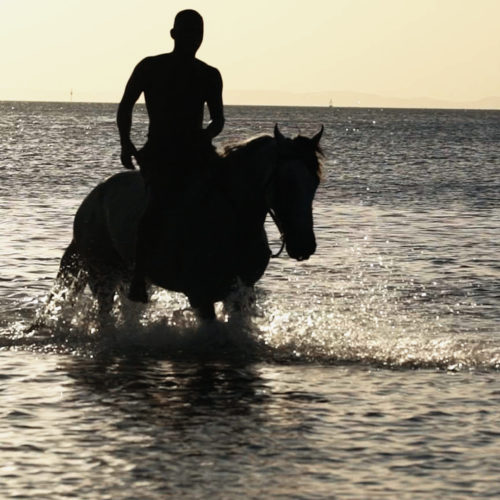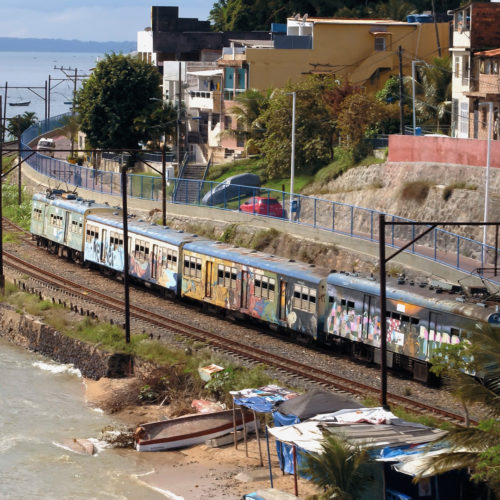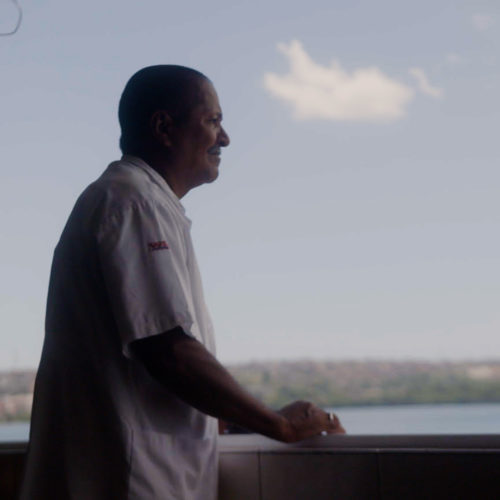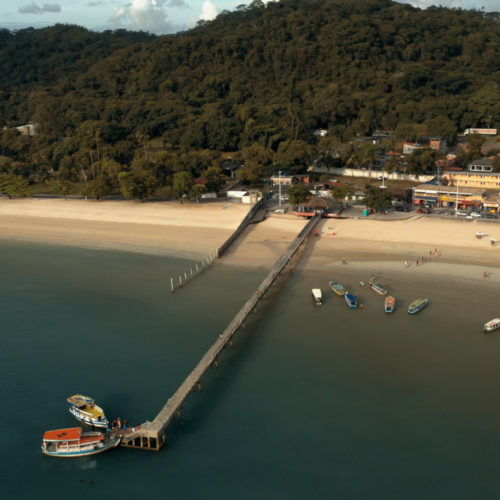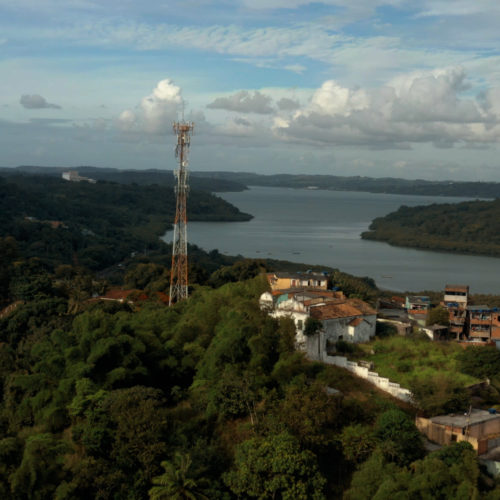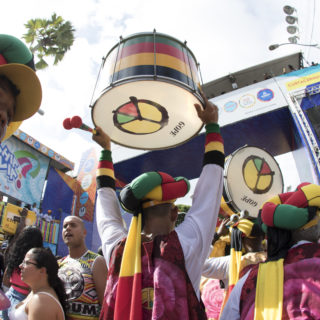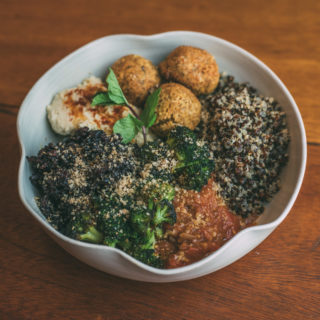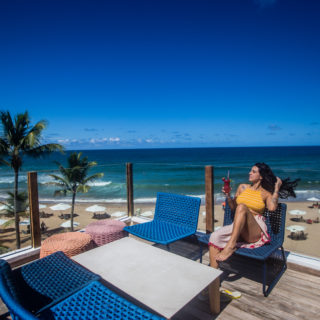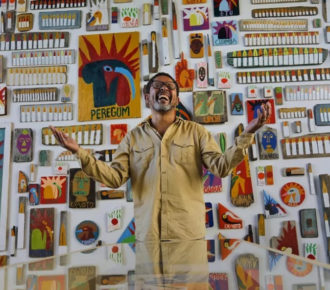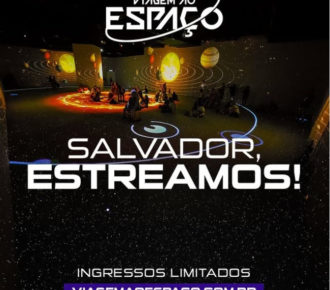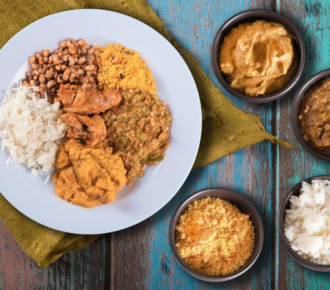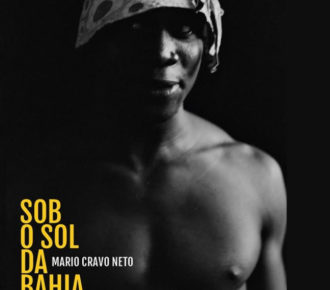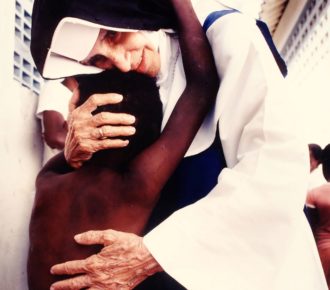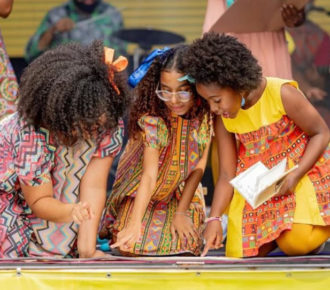
The webseries travels through Salvador showing experiences through the eyes of the people of Salvador
Salvador by Soteropolitanos takes you through the city showing small-great daily experiences. We toured several locations, such as Pelourinho, Barra, Itapuã, the Lower City, Rio Vermelho and the Suburbs, meeting people and their relationship with the city and, thus, discovering (or rediscovering) this beautiful Salvador.
What we want is to inspire you and make sure that, after watching, you take your mask and 70 ° alcohol gel and get to know your own city. If you are not from here, take this tour with the eyes of the people of Salvador. In this itinerary, we will take you to Salvador’s railway suburb. We have gathered here all the important tips and information for conscious tourism.
Here we go!
Acervo da laje
Acervo da laje is a collection that consists of libraries (General library, Collections, Rare Books, sports, Bahian Literature, Poetry, signed books, Art), newspapers (newspapers and periodicals), collections of CDs, discs, manuscripts, sketches, shells, bricks, tiles and antique porcelain, historical artifacts, paintings, wood and aluminum sculptures, photographs and objects that tell the story of the Salvador Railway Suburb.
It is a space of artistic, cultural and research memory that dialogues with the whole city, showing that there is beauty and aesthetic elaborations in this territory.
In 2014, the Collection participated as an exhibition space for the 3rd Bahia Biennial and the 31st São Paulo Biennial at the Usos da Arte Symposium. One of the objectives of the Collection is to provide the meeting of people with the artists and their works, as well as to stimulate research and the reframing of the image of the ghetto, showing their values, memory, culture and aesthetic elaborations.
In addition to visiting the site, there is also a virtual gallery with approximately 300 pieces from Acervo da Laje. The main objective was to virtualize and, mainly, to provide digital access to works of art and the knowledge of invisible artists from this territory and other locations.
Services
Rua Sá Oliveira, 2 – São João do Cabrito, Salvador – BA, 40717-380
Visits are usually scheduled by phone, facebook or email.
Contact: (71) 993828185/986378051/34017804
Email: contato@acervodalaje.com.br
https://www.acervodalaje.com.br/
Boca de Galinha
Boca de Galinha is a restaurant with a diverse clientele, visited by both residents and people from other parts of the city and even those from the outskirts and from other countries. The arrival is by train on Fridays and Saturdays. Sundays you may arrive by bus, by boat (Ribeira x Plataforma) or by car. The boat stops practically next to the restaurant. It’s a five-minute walk.
The place is simple and has that informal pub feel. The best gastronomy of Bahia is served there. The menu, which is called a “notebook”, is not fixed. Every day they handmake a new menu so fresh food is always guaranteed.
The highlight – in addition to the exuberant view – are the moquecas, which can reach up to eight different types per day such as seafood, shrimp with lobster, shrimp, beijupirá, golden fish, red fish, casserole and stingray. The side dishes are rice, beans and pirão. The moqueca is always exceptional. Fridays and Saturdays there is pirão, black-eyed beans cooked with okra and rice. Every Sunday there’s caruru and vatapá available.
Services
Boca de Galinha
Address: Rua Almeida Brandão, 58A – Plataforma, Salvador – BA, 40710-500
Opening hours: Friday and Saturday from 11:30 am to 6 pm.
Sunday, from 11:30 am to 5:00 pm
Important: cash only, they do not accept credit or debit card.
Phone: (71) 33981232
Casarão do Alto
At the top of a hill, with an exuberant view to the sea, is the Casarão do Alto, a place for happiness and celebrations. The farm hosts wedding parties and other events, in addition to being a viewpoint in itself: from there, the sunset is unforgettable. This little piece of paradise is located in São Tomé de Paripe, in Salvador’s Railway Suburb.
Artur Marques, owner and administrator, says that Casarão do Alto is in a place with a nice, very old history. First, for being on top of the Church of São Tomé de Paripe, built in 1552, which makes it one of the oldest churches in Salvador (one of the few churches in the city overlooking the sea). Learn more at this link.
Services
Casarão do Alto
Instagram: @casaraodoalto
A space of peace and beauty, where love gathers, intertwines.
Affordable prices and flexible hours.
Address: Rua do Corredor, 53 – São Tomé de Paripe, Salvador – BA, 40800-300
Contact: information with Artur Marques by phone (71) 987404422 (WhatsApp)
Savior Monastery
The Savior Monastery was born when the Benedictine Congregation of Brazil celebrated 150 years of existence. Cardinal Primate of Brazil Dom Avelar Brandão Vilela asked Mother Abadessa Luzia Ribeiro de Oliveira OSB, from the Belo Horizonte Monastery, for a foundation in Salvador.
The Savior Monastery was initially in Brotas, until, in 1981, it moved to Coutos, a region of Salvador’s railway Suburb. There, you can experience Gregorian chant, accompanied by the sound of the zither, created to express the words of Sacred Scripture. This ancient tradition resonates today in new and old ways, an exciting and unforgettable experience. Many people also look for the monastery, due to its great hostel offering spiritual retreats.
The nuns produce the traditional bricelet and the cocktail bricelet (salty), a thin, crunchy, light and delicate handmade biscuit, made in a Swiss or German machine, which follows a traditional Swiss recipe with selected ingredients. It is a work carried out by the nuns since 1977, the year of the foundation of The Savior Monastery. They also make delicious premium jellies in 17 flavors, such as guava, mango with tangerine, strawberry with wine, apple with cinnamon, acerola with pepper, among others.
Services
The Savior Monastery
Av. Afrânio Peixoto, s / n – Coutos, Salvador – BA, 40750-090
Opening hours: every day, from 7 am to 5 pm
Phone: (71) 35211802
Website: http://www.mosteirodosalvador.org.br/
São Tomé de Paripe Beach
São Tomé de Paripe is located at the very south end of the Salvador coast. The calm and shallow sea is ideal for those who cannot swim, for children and also, for those who practice water sports, such as windsurfing, water skiing and kayaking. It has a small pier from where boats depart daily to Ilha de Maré, within All Saints Bay.
Like São Tomé de Paripe, Praia de Tubarão which is by the end of The Savior Monastery, is also part of the Suburb. The coastline was completely renovated by the city of Salvador in 2014. The beach is close to the Naval Base of Aratu, where Inema is located, nicknamed Praia dos Presidentes, as it has become the destination of some of Brazil’s rulers. Inema is the most famous area nationally but is under Naval land access restriction.
Former São Braz Fabric Factory
Surrounded by the seafront of All Saints Bay, the Plataforma neighborhood is one of the oldest in the Salvador Railway Suburb and is located on the edge of Avenida Suburbana. The neighborhood has its history of foundation linked to the industrialization process of Salvador in the 19th century. Plataforma began to develop after the installation of the São Brás fabric factory in 1875. The name of the neighborhood came about because of the existence of a ferry in the shape of a floating platform that made the sea crossing of people between Plataforma and Ribeira.
The first residents of the neighborhood were Tupinambá Indians who were catechized by Jesuit priests. In the 19th century, the place where the neighborhood is today was the stage for the first public sermon in favor of black slaves, made by Father Antônio Vieira.
In 1638, the neighborhood was the gateway to the Dutch invasion in the city of Salvador. In 1823, it was used as the stage for the struggle for the Independence of Bahia. In 1850, the implementation of the Calçada-Paripe railroad started the urban expansion towards the Railway Suburb, with the Almeida Brandão Train Station being built on a platform.
Important precautions
With the covid-19 pandemic, the Bahian Capital has been adapting to this new normal. During the tours, visitors should pay attention to the use of the mask, 70º alcohol gel and keeping a safe distance from other people.
Call ahead for visiting and find out about the security protocols to avoid contamination.
This is the Plan for the Resumption of Activities in Salvador. Understand all the working protocols in this link.

